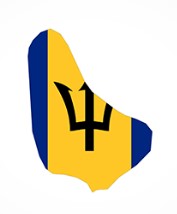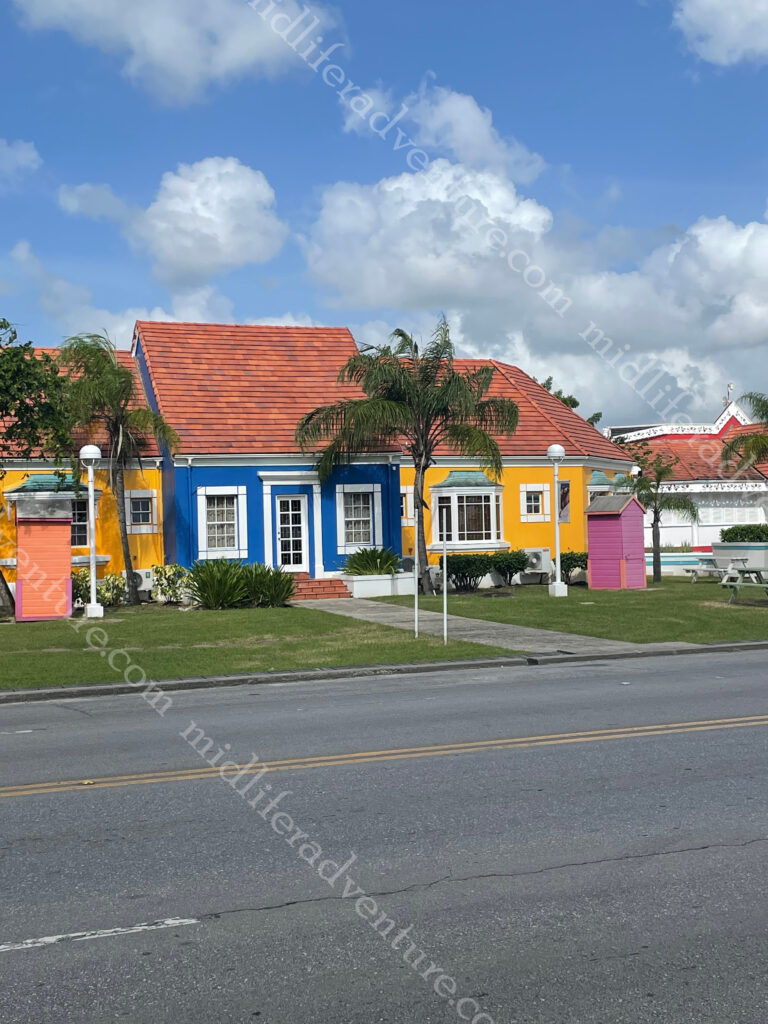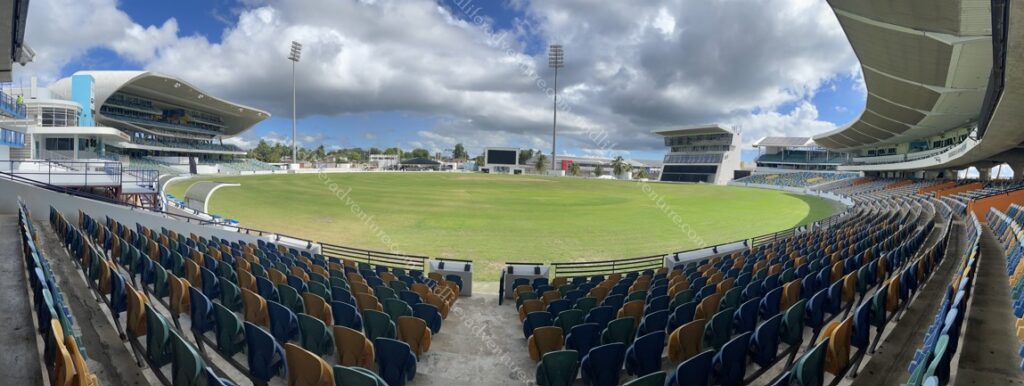
Barbados is an island country in the southeastern Caribbean. It is roughly triangular and measures 32 km from northwest to southeast and about 25 km from east to west at its widest point.
The island was a British possession from the 17th century to 1966 when it attained independence. It is the first Caribbean island that you hit when coming from Europe and Africa and has been a major link between Western Europe, the eastern Caribbean, and South America for hundreds of years.



The island is known for having some of the most diverse beaches in the Caribbean, where you can relax and lounge at your leisure, snorkel with turtles, or take in some water sports action. The beaches on the west and south coasts have calm conditions, while the ones on the east coast are for those keen to ride some waves.

Barbados claims to be the original home of the grapefruit.
Chattel Houses are small, portable wooden houses, which were originally plantation houses that could be moved from one property to another.
Today they are still around and are brightly painted.

For us sadly, Barbados was a bit of a bust. A beautiful seaside bust, but a bust nonetheless. Our arrival was into Bridgetown, the capital, on a Sunday, which is church day. This meant that virtually everything was closed. We got to do a nice beachside walk, along a stunning shoreline for about 3 km to reach the main township. At this point, the fun stopped.



There were about three historic-style buildings on offer and everything else was a closed storefront.






To say that this place is humid is an understatement. Even Jill got hot and turned red wandering around the streets. This in itself was not an issue but having walked in the heat to find everything closed was a bit of a bummer. Especially when we had to walk the 3 km back to the ship, with nothing else to see.






I am certain that our experience would have been a little more positive if we had been here mid-week. Some of the other cruisers who had been here before boycotted town altogether and simply headed to a beach where they lazed about.
Barbados Part II
Well, I was right. Our second trip to Barbados saw us landing on a Wednesday and the place was pumping. The town was full of people all smiling and laughing and having a good time. All of the previously deserted streets were heaving with people and shops and stalls. The first exposure was absolutely an anomaly (that probably repeats every single Sunday).
So the second time around Jill organised a beach run. This involved paying for deck chairs on a private beach (something we usually try to avoid). But the price was reasonable and included a bus ride to take us through town to get to the beach and some drinks etc. I even got to swim with a turtle for around 20 mins.






The highlight for me though was to visit the Kensington Oval. This is the main cricket stadium of Barbados and probably the whole West Indies. Cricket at the oval began in 1882 with the first international match in 1895 and the first Test match in January 1930, when the West Indies and England played to a draw. Since then there have been 43 Test matches played on the Kensington Oval grounds, 21 of those matches won by the West Indian cricket team. The stands of the oval were extensively rebuilt for the 2007 Cricket World Cup (which Australia won).







The first thing you see when you walk through the gates are two statues of Sir Garfield Sobers and Sir Wes Hall. The next is the Greenidge and Hayes Stand. As a lad who grew up watching the absolute dominance of the West Indies in the late 1970’s and 1980’s this was a huge thrill.

Apart from the two legends immortalised in statues at the front of the grounds some of the players who learned their craft here include: Gordon Greenidge, Desmond Haynes, Joel Garner and Malcolm Marshall.